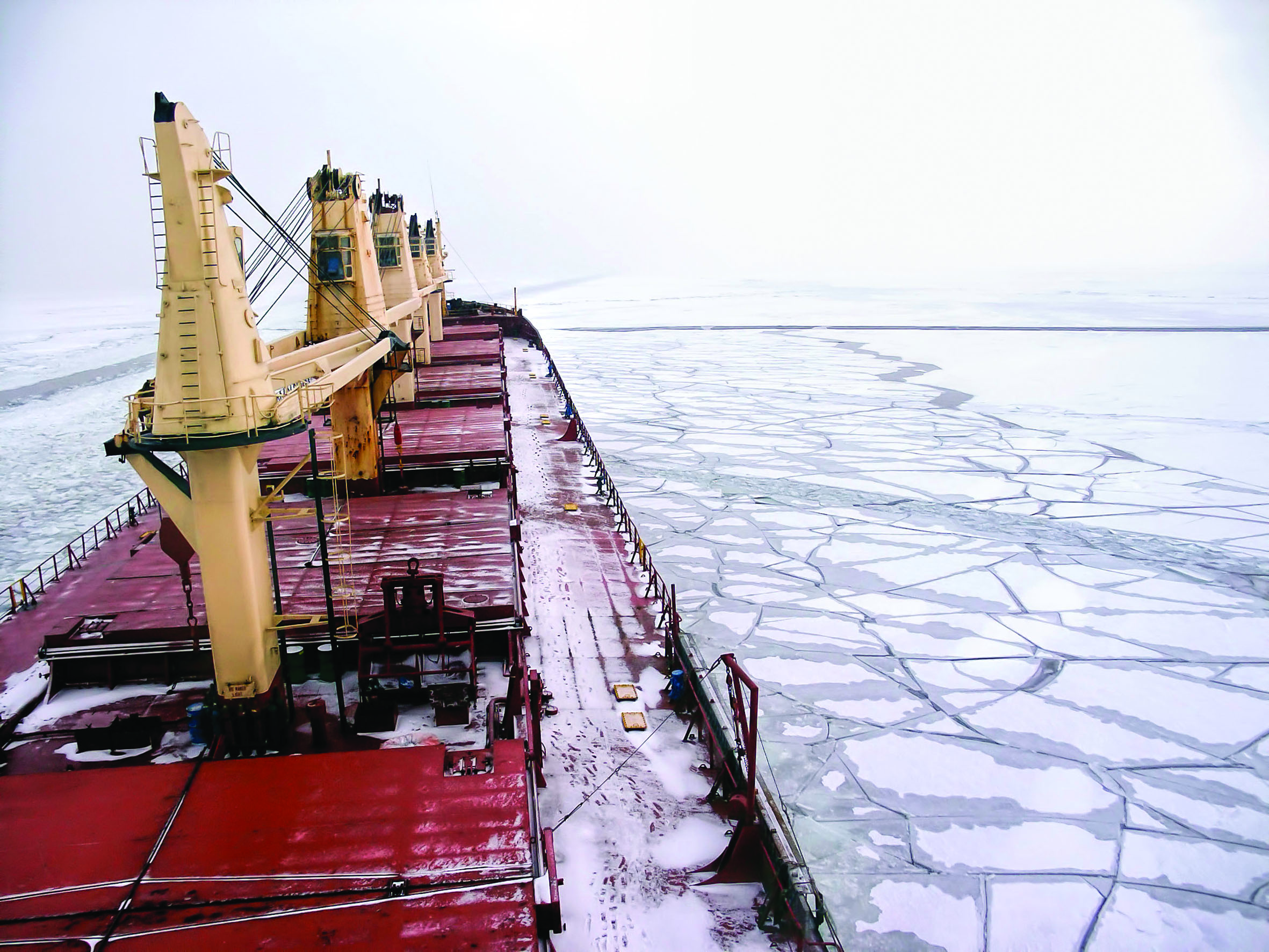 United States Coast Guard proposes rulemaking for Polar Ship certificates. This proposed rule would add a new Polar Ship Certificate to the list of existing certificates required to be carried on board all U.S. and foreign-flagged vessels subject to the International Convention for Safety of Life at Sea (SOLAS) and operating in Arctic and Antarctic waters, generally above 60 degrees north latitude and below 60 degrees south latitude lines.
United States Coast Guard proposes rulemaking for Polar Ship certificates. This proposed rule would add a new Polar Ship Certificate to the list of existing certificates required to be carried on board all U.S. and foreign-flagged vessels subject to the International Convention for Safety of Life at Sea (SOLAS) and operating in Arctic and Antarctic waters, generally above 60 degrees north latitude and below 60 degrees south latitude lines.
Additionally, the Coast Guard proposes to add this certificate to the list of SOLAS certificates that recognized classification societies are authorized to issue on behalf of the Coast Guard. The proposed rule would apply to commercial cargo ships greater than 500 gross tons engaging in international voyages, and passenger ships carrying more than 12 passengers engaging in international voyages, when these ships operate within polar waters as defined by the Polar Code.
Comments and related materials on this proposal must be submitted on or before December 22, 2016.
For more information on the proposal, please see attachment below or read more here».
Federal Register 2016-27989.pdf
Member Alert is published by The Swedish Club as a service to members. While the information is believed correct, the Club cannot assume responsibility for completeness or accuracy.